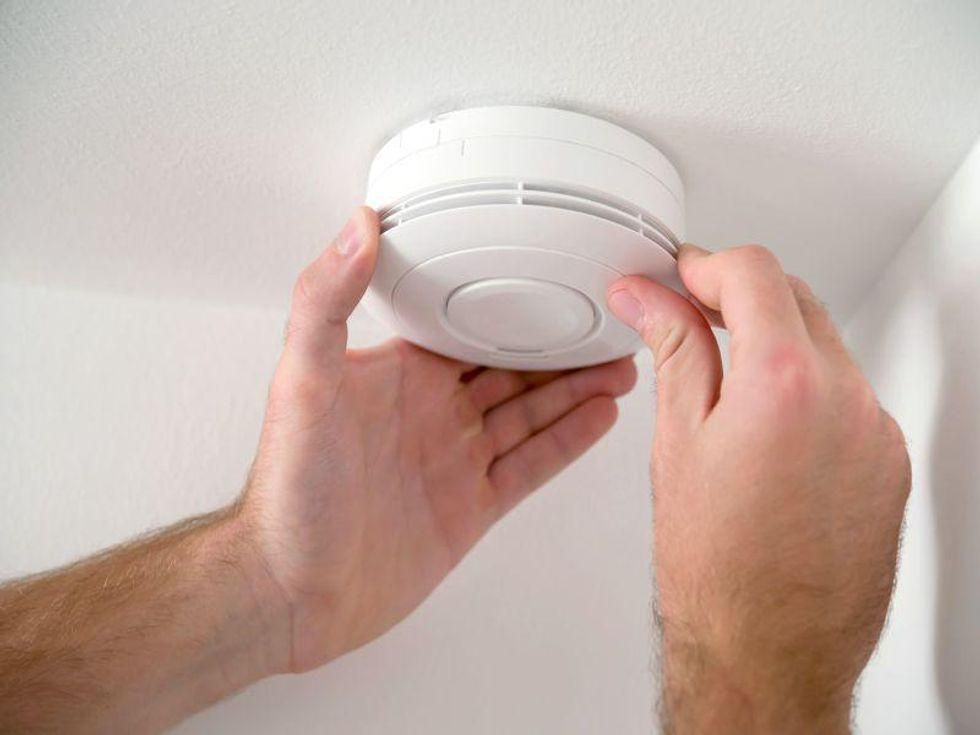
A new report from the U.S. Consumer Product Safety Commission (CPSC) reveals deaths from carbon monoxide poisoning are increasing in the United States.
The report looked at carbon monoxide (CO) deaths from 2009 to 2019, finding 250 consumer product-related CO deaths in 2019, more than any other year.
Generators and other engine-driven tools accounted for the largest percentage of deaths.
Since 2009, portable generators alone have been associated with 765 CO-poisoning deaths not related to fires. That’s 40% of all CO deaths related to consumer products, a CPSC news release noted.
Heating systems were associated with the second largest percentage of CO poisoning deaths not involving fires for 2019, with 69 deaths, or 28% of the total associated with products in this category.
More than half of all CO deaths occur in the colder months of November, December, January and February.
CO is an invisible killer because it is colorless and odorless. It can kill in minutes. Someone exposed to it may become unconscious before recognizing the symptoms of nausea, dizziness or weakness.
The CPSC warns that portable generators should only be used outside. They should be at least 20 feet from the home with exhaust pointed away from any nearby building.
The commission also offers these other safety precautions:
- Never operate a portable generator inside a home, garage, basement, crawlspace or shed, the commission advises. Opening doors or windows in these spaces will not provide enough ventilation to prevent the buildup of lethal levels of CO.
- Make sure portable generators have been maintained properly. Read and follow the labels, instructions and warnings on the generator and in the owner’s manual.
- Look for portable generators that have a CO shut-off safety feature. This is designed to shut the generator off automatically when high levels of CO are present. Those certified to the latest safety standards for portable generators are labeled PGMA G300-2018 and UL 2201. The CPSC estimates that these reduce deaths from CO poisoning by 87% and 100%, respectively. UL 2201 certified models have reduced CO emissions in addition to the CO shut-off feature.
- Before using fuel-burning heating products, have a professional inspection every year. This includes furnaces, boilers, fireplaces, wood stoves, water heaters, chimneys, flues and vents. These and other heating products can cause CO poisoning if they are improperly installed, poorly maintained, have defective or blocked venting systems or are misused.
- Clear snow away from the outside vents for fuel-burning appliances such as furnaces. Otherwise, dangerous levels of CO can build up in the house.
- Make sure your home has working CO alarms on every level and outside sleeping areas. Alarms that are not battery-operated should have battery backup in case of a power outage. Interconnected alarms are best because, when one sounds, they all sound.
- Test your alarms every month to make sure they are working. Replace batteries at least once every year or install CO alarms with sealed, 10-year batteries.
More information
The U.S. Centers for Disease Control and Prevention has more on carbon monoxide poisoning.
SOURCE: U.S. Consumer Product Safety Commission, news release, March 28, 2023
Source: HealthDay

Leave a Reply